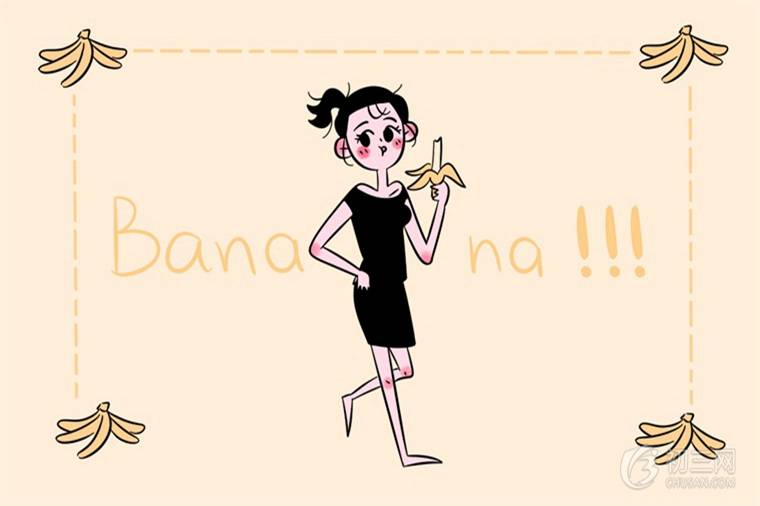请选择
英语语法一般过去时表示过去某一时候或某一段时间所发生了的事情或存在的状态。下面就和小编一起了解一下,供大家参考。

一般过去时的定义
一般过去时表示过去某一时候或某一段时间所发生了的事情或存在的状态。常与过去时间yesterday, this morning, just now, a moment ago, in May, last night / year / week, once upon a time, the other day, before …, when – clause, in the past连用。
初中英语一般过去时的用法
1.表示在过去某个时间所发生的动作或所处的状态。 常与yesterday, last week, in 1989, just now, a moment ago, the other day等连用。
如:He was here just now. 他刚才还在这里。
2.在过去一段时间内的经常性或习惯性动作。
如:We often played together when we were children. 我们小时候常在一起玩。
注:表示过去经常发生的动作还可用used to 和would。
3.表示主语过去的特征或性格。
如:At that time she was very good at English. 那时她英语学得很好。
4.用在状语从句中表示过去将来。
如:He said he would wait until they came back.
5.一般过去时有时可以表示现在,多与 want, hope, wonder, think, intend 等动词连用,使语气更委婉。
如:I wondered if you could help me. 不知你能不能帮我一下。
注:有时用一般过去时也是时态一致的需要。
注意:
1. 表示一系列的动作,尽管有先后,都用一般过去时,最后两个动词之间用and连结。如: He opened the door, rushed out and then disappeared. 他打开门,冲了出去,然后就消失了。
2. 注意在语境中理解“我刚才/原来还不……”。如:—Your phone number again? I didn’t quite catch it. —It’s 2566666. 请再说一次你的电话号码,好吗?我刚才没听清楚。是2566666。
一般过去时对谓语动词的要求
一般过去时用动词的过去式构成。即一般过去时的谓语动词要用动词的过去式。动词过去式的构成分规则变化和不规则变化两种形式,不规则变化通常需要逐个记忆,规则变化则遵循以下原则:
(1) 一般在动词后加-ed。如:play—played, offer—offered, weigh—weighed, destroy— destroyed, sign—signed.
(2) 在以字母e结尾的动词后,只加-d。如:like—liked, provide—provided, hate — hated, date—dated。
(3) 在以“辅音字母+y”结尾的动词后,则改y为i,再加—ed。如:supply—supplied, fly—flied, study— studied. (from www.yygrammar.com)
(4) 在以单短元音的重读闭音节结尾且,末尾只有一个辅音字母的动词后,双写最后一个辅音字母,再加-ed。如:plan—planned, refer—referred, regret—regretted, ban—banned.